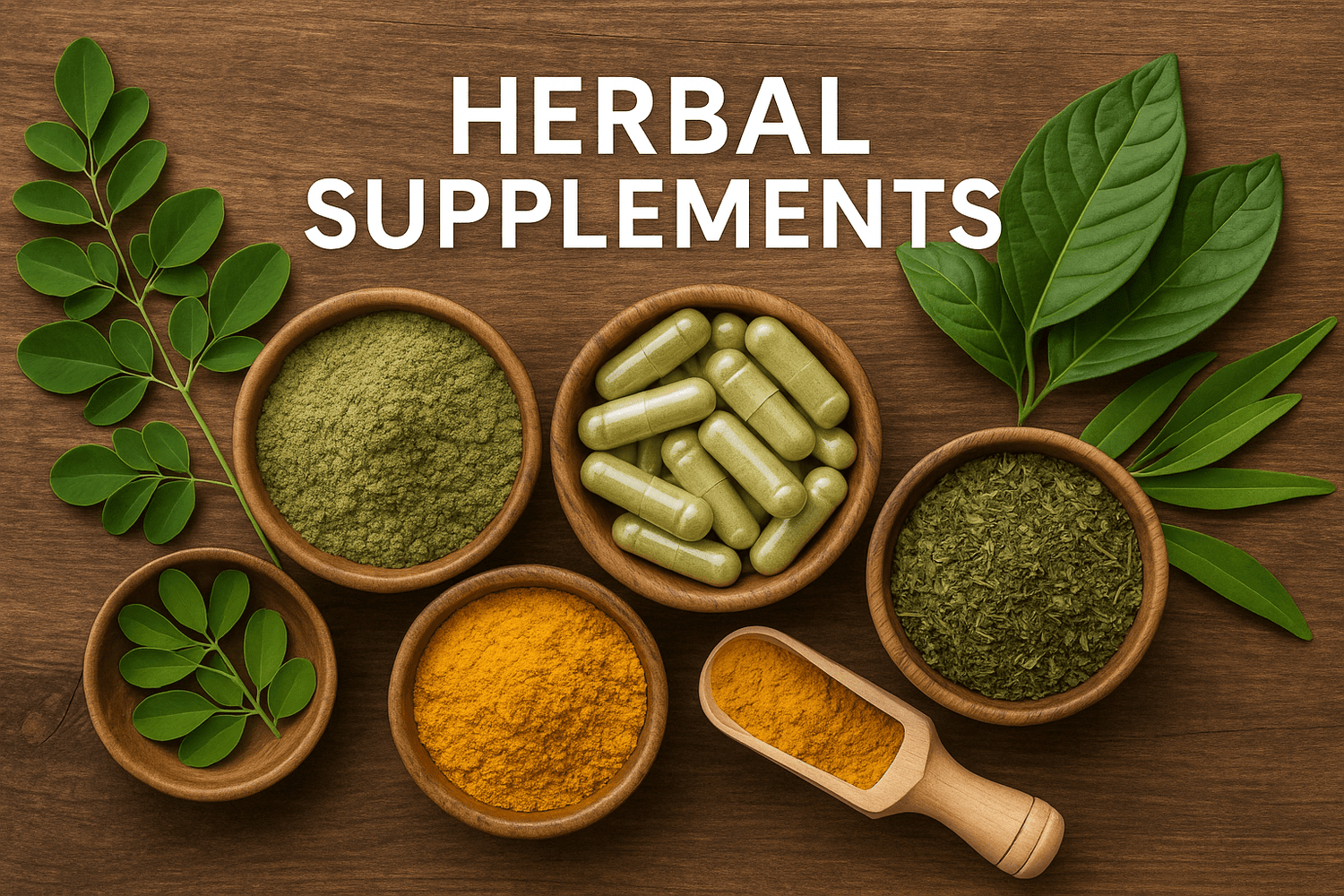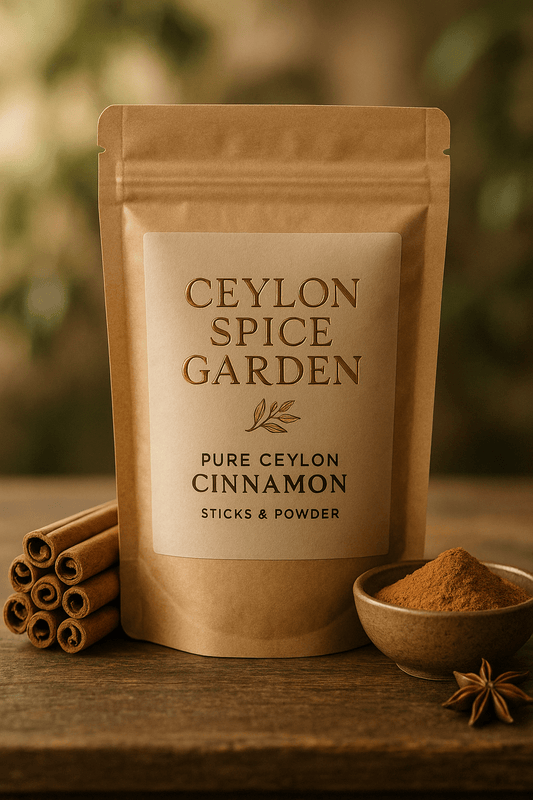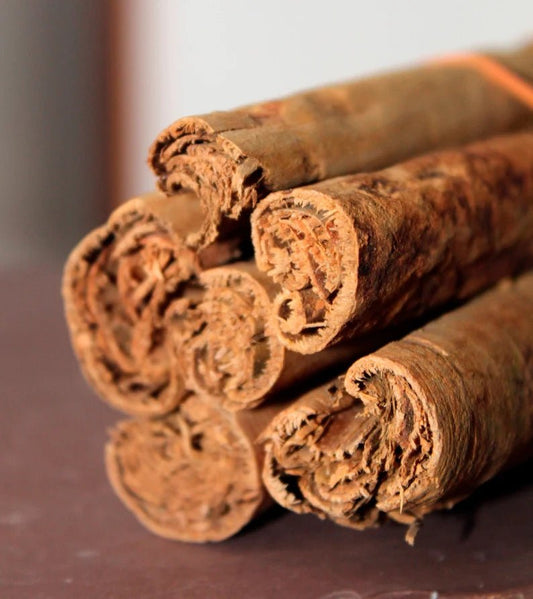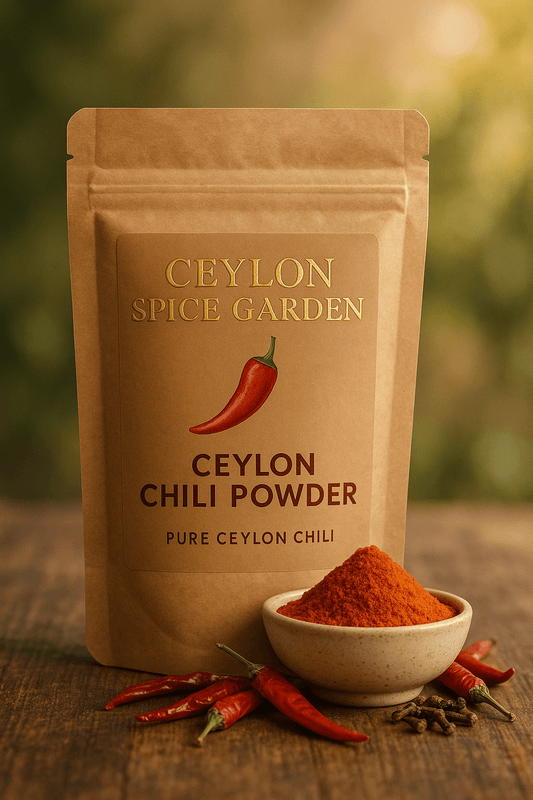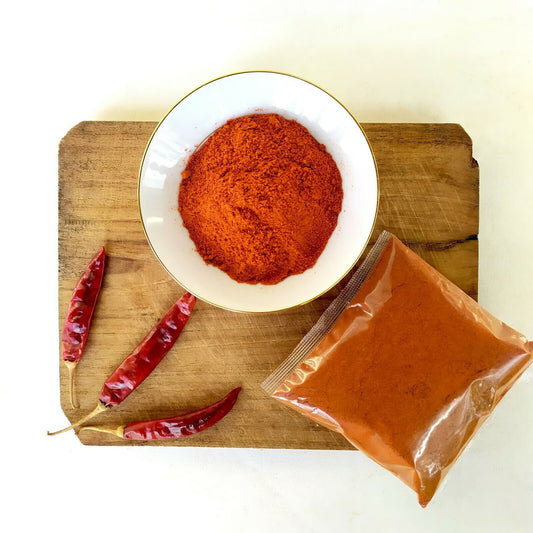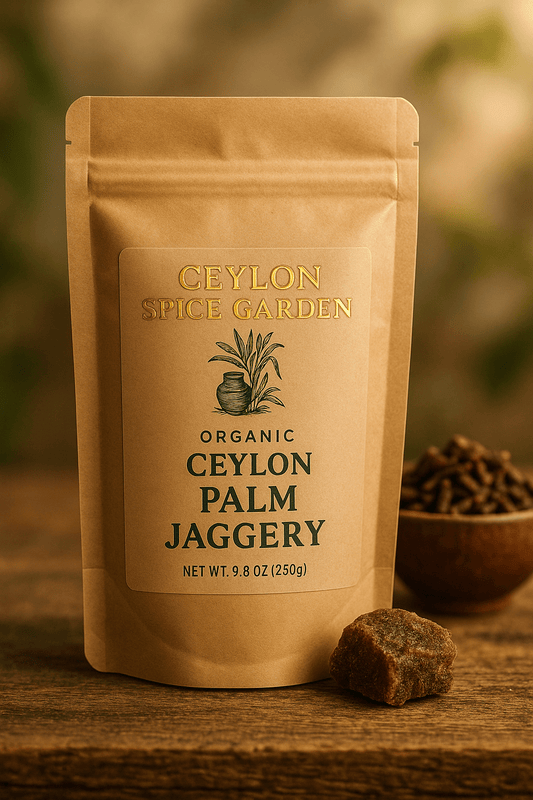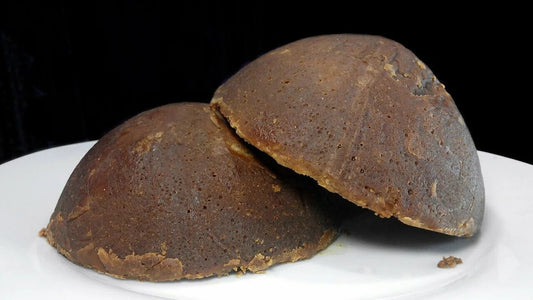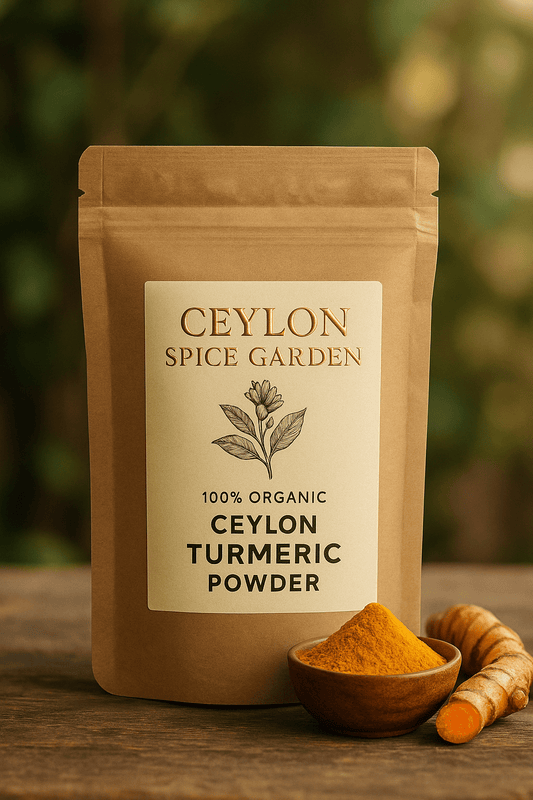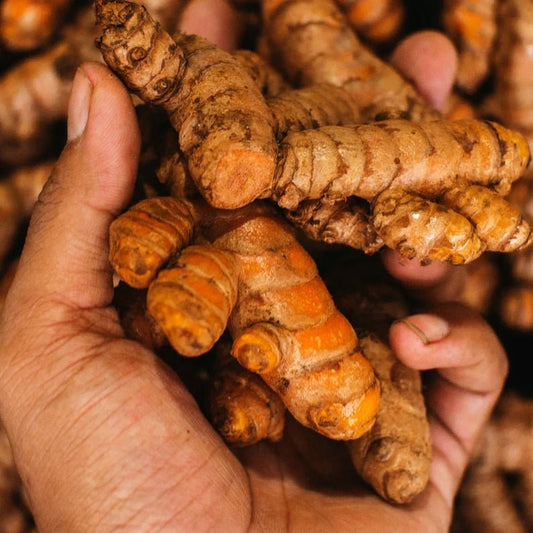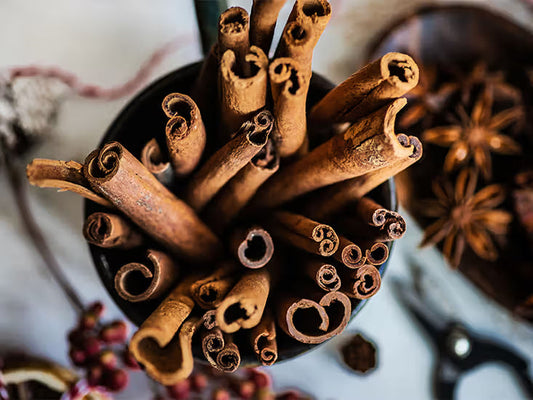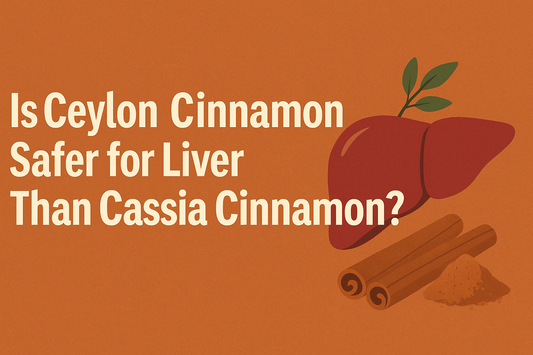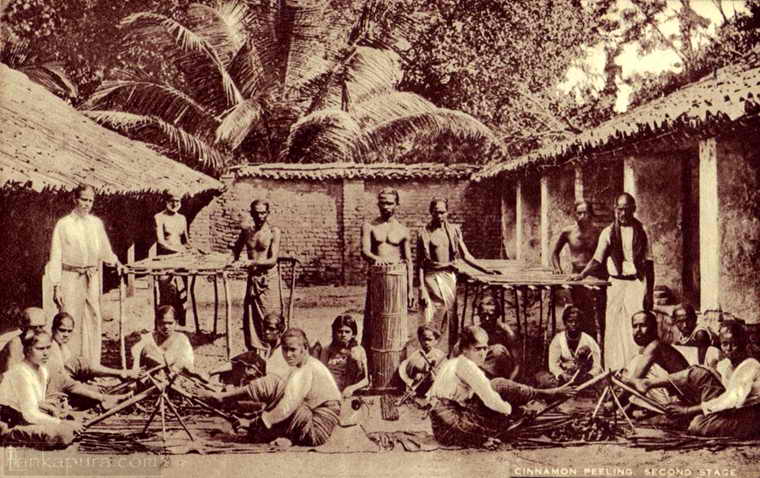
History of Ceylon Spice Trade in Ancient Times | Ceylon Spice Garden
The History of Ceylon Spice Trade in Ancient Times: From Maritime Routes to Global Dominance
Table of Contents
- The Origins of Ceylon's Spice Heritage
- Ancient Trade Routes and Early Merchants
- Cinnamon: The Golden Bark of Ceylon
- Major Spices Traded in Ancient Ceylon
- Cultural Impact and Exchange
- Ancient Monopolies and Trade Wars
- Legacy of Ancient Ceylon Spice Trade
- From Ancient Routes to Modern Gardens
- Frequently Asked Questions
The Origins of Ceylon's Spice Heritage
The history of Ceylon spice trade in ancient times begins over 2,000 years ago when the island nation emerged as a crucial hub in the global spice network. Sri Lanka's unique geographical position in the Indian Ocean, combined with its tropical climate and fertile soil, created the perfect conditions for cultivating some of the world's most sought-after spices.
Archaeological evidence suggests that indigenous communities in Ceylon were harvesting and using native spices, particularly cinnamon, as early as 2800 BCE. These aromatic treasures weren't just culinary ingredients; they were sacred offerings, medicinal remedies, and symbols of wealth and power in ancient societies.
Ancient Ceylon's Strategic Advantage
Ceylon's position at the crossroads of ancient maritime routes between East and West made it an inevitable stop for merchants traveling between Arabia, India, Southeast Asia, and China. This strategic location transformed the island into a thriving commercial center where diverse cultures converged.
Ancient Trade Routes and Early Merchants
The ancient spice trade routes connecting Ceylon to the world were as intricate as they were vital. Arab merchants, who dominated early maritime trade, were among the first to establish regular trading relationships with Ceylon. They kept the source of their precious cargo secret, weaving tales of dangerous journeys to mythical lands to protect their monopoly.
The Maritime Silk Road
Ceylon played a pivotal role in the Maritime Silk Road, serving as a crucial waypoint for ships carrying spices, silk, and other luxury goods. Ancient ports like Mantota (Mantai) and Godavaya became bustling centers of international commerce, where merchants from Rome, Persia, China, and Southeast Asia converged.
Roman historian Pliny the Elder documented the Roman Empire's massive expenditure on Ceylon cinnamon, noting that it was worth more than gold. This testimony highlights how the history of Ceylon spice trade in ancient times was intrinsically linked to the economic prosperity of great empires.
Discover Our Heritage: Learn more about authentic Ceylon spices at Ceylon Spice Garden, where ancient traditions meet modern quality standards.
Cinnamon: The Golden Bark of Ceylon
No discussion of Ceylon's ancient spice trade is complete without focusing on cinnamon – the island's most legendary export. True Ceylon cinnamon (Cinnamomum verum), distinct from the coarser cassia variety, was exclusive to the island and commanded astronomical prices in ancient markets.
Ancient Egyptians used Ceylon cinnamon in their embalming processes, believing its preservative properties would help the deceased in their journey to the afterlife. The Greeks and Romans burned it as incense in their temples, considering its sweet aroma a suitable offering to the gods.
| Ancient Civilization | Use of Ceylon Cinnamon | Cultural Significance |
|---|---|---|
| Egyptian | Embalming, perfumes | Sacred rituals, afterlife preparation |
| Greek | Medicine, temple incense | Offerings to gods, healing |
| Roman | Culinary, cosmetics | Status symbol, luxury |
| Chinese | Traditional medicine | Healing, spiritual balance |
| Arab | Trade commodity, medicine | Wealth, medicinal wisdom |
Major Spices Traded in Ancient Ceylon
While cinnamon was the crown jewel, ancient Ceylon's spice portfolio was remarkably diverse. Each spice carried its own story, trade route, and cultural significance in the ancient world.
Black Pepper: The Black Gold
Ceylon's black pepper, known for its robust flavor and aromatic intensity, was called "black gold" by ancient traders. Roman recipes frequently called for Ceylon pepper, and it was so valuable that it was often used as currency in trade negotiations.
Cardamom: The Queen of Spices
Ceylon cardamom, with its complex flavor profile, was prized in ancient Persian and Arab cuisines. It was also a key ingredient in ancient perfumes and was believed to have aphrodisiac properties, making it popular among the wealthy elite.
Cloves and Nutmeg
Though not native to Ceylon, the island served as a crucial trading post for cloves and nutmeg from the Spice Islands (modern-day Indonesia). Ceylon merchants acted as intermediaries, adding their expertise in spice grading and preservation to enhance the value of these commodities.
Ancient Spice Preservation Techniques
Ceylon traders developed sophisticated methods for preserving spice quality during long sea voyages, including specialized packaging in palm leaves and clay containers, which helped maintain the potency and aroma of their precious cargo.
Cultural Impact and Exchange
The history of Ceylon spice trade in ancient times wasn't merely about commerce; it was a catalyst for unprecedented cultural exchange. As merchants, sailors, and diplomats traveled to and from Ceylon, they carried with them languages, religions, technologies, and artistic traditions.
Religious and Linguistic Influences
The spice trade brought Buddhism from India, Islam from Arabia, and later Christianity from Europe to Ceylon's shores. Each wave of traders left linguistic imprints – Sanskrit, Arabic, and Portuguese words related to spices are still found in modern Sinhala and Tamil languages.
Technological Advancement
The demands of the spice trade drove innovations in shipbuilding, navigation, and preservation techniques. Ceylon's ancient ports developed advanced harbor engineering, including breakwaters and warehousing systems that were marvels of their time.
Ancient Monopolies and Trade Wars
The lucrative nature of Ceylon's spice trade inevitably led to conflicts and attempts at monopolization. Ancient kingdoms on the island carefully guarded their cinnamon groves, with some rulers declaring the spice trees royal property and imposing death penalties for unauthorized harvesting.
Arab merchants maintained their monopoly on Ceylon spices in Western markets for centuries by keeping their sources secret and spreading fantastic tales about the dangers of obtaining these precious commodities. They spoke of cinnamon being guarded by giant birds and serpents, deterring potential competitors from seeking direct trade routes.
Experience Authentic Flavors: Explore our collection of premium Ceylon spices at Ceylon Spice Garden's Spice Collection, where each product carries forward centuries of tradition.
Legacy of Ancient Ceylon Spice Trade
The impact of ancient Ceylon's spice trade extends far beyond historical curiosity. It shaped global cuisine, influenced medical practices, and established trade patterns that persist to this day. The expertise in spice cultivation and processing developed over millennia continues to make Sri Lankan spices among the world's finest.
Culinary Heritage
The spice trade introduced Ceylon's flavors to kitchens worldwide, fundamentally altering global cuisine. From Roman banquets to Chinese imperial feasts, Ceylon spices became essential ingredients that defined sophisticated cooking.
Medical Traditions
Ancient Ayurvedic and traditional medicine systems incorporated Ceylon spices for their therapeutic properties. Modern research continues to validate many of these traditional uses, finding antimicrobial, anti-inflammatory, and antioxidant properties in Ceylon cinnamon and other native spices.
From Ancient Routes to Modern Gardens
Today's spice cultivation in Sri Lanka maintains deep connections to its ancient heritage. Traditional knowledge passed down through generations combines with modern sustainable farming practices to produce spices that would be recognizable to ancient traders in quality and character.
The same microclimates that made ancient Ceylon ideal for spice cultivation continue to nurture these aromatic crops. Family-owned spice gardens, some with histories spanning centuries, preserve traditional harvesting and processing methods that ensure the authentic flavors that made Ceylon spices legendary.
Continuing the Ancient Legacy
The history of Ceylon spice trade in ancient times is not merely a tale of the past – it's a living tradition that continues to thrive. From the ancient ports where Roman merchants haggled over cinnamon prices to modern spice gardens where traditional methods preserve authentic flavors, Ceylon's spice heritage remains vibrant and relevant. As we use these spices in our kitchens today, we participate in a culinary tradition that spans millennia, connecting us to the ancient traders, farmers, and cultures that recognized Ceylon as the world's premier spice island.
Frequently Asked Questions
Ceylon cinnamon was extraordinarily valuable in ancient times due to its rarity, superior quality, and multiple uses. Unlike cassia, true Ceylon cinnamon was found only on the island and had a sweeter, more delicate flavor. Ancient civilizations used it for religious ceremonies, embalming, medicine, and as a luxury culinary ingredient. Its scarcity and the dangerous journey required to obtain it made it worth more than gold in many ancient markets.
Multiple ancient civilizations engaged in spice trade with Ceylon, including the Romans, Greeks, Egyptians, Arabs, Persians, Chinese, and Indians. The Romans were particularly notable consumers, with historical records showing they spent vast sums on Ceylon cinnamon. Arab merchants dominated the trade routes for centuries, while Chinese traders exchanged silk and porcelain for Ceylon's aromatic treasures.
Ancient Ceylon traders developed sophisticated preservation techniques including wrapping spices in specially treated palm leaves, storing them in sealed clay containers, and using natural desiccants. They also timed their voyages to avoid monsoons and excessive humidity. Cinnamon quills were often packed in multiple layers of protective materials, and pepper was stored in tightly woven bags treated with natural preservatives.
Ceylon served as a crucial hub in the Maritime Silk Road, acting as a strategic waypoint between East and West. Its ports provided safe harbors for ships traveling between China, Southeast Asia, India, Arabia, and eventually Europe. Beyond being a source of valuable spices, Ceylon functioned as a trading entrepôt where goods from different regions were exchanged, stored, and redistributed throughout the ancient world.
Modern Ceylon spices maintain remarkable genetic similarity to their ancient counterparts, particularly true Ceylon cinnamon (Cinnamomum verum), which has been carefully preserved through traditional cultivation methods. While modern agricultural techniques have improved yield and consistency, the fundamental characteristics that made ancient Ceylon spices valuable – their flavor profiles, aromatic compounds, and medicinal properties – remain largely unchanged.
The ancient spice trade profoundly shaped Sri Lankan culture by introducing new religions, languages, and technologies. Buddhism arrived with Indian merchants, Islam with Arab traders, and later Christianity with European colonizers. The trade brought architectural influences visible in ancient port cities, culinary traditions that blended foreign and local elements, and a cosmopolitan outlook that made ancient Ceylon one of the most culturally diverse regions in the ancient world.
Start Your Spice Journey: Visit Ceylon Spice Garden to experience the authentic flavors that have captivated the world for millennia. Browse our complete collection or learn more about our heritage and commitment to preserving Ceylon's ancient spice traditions.
